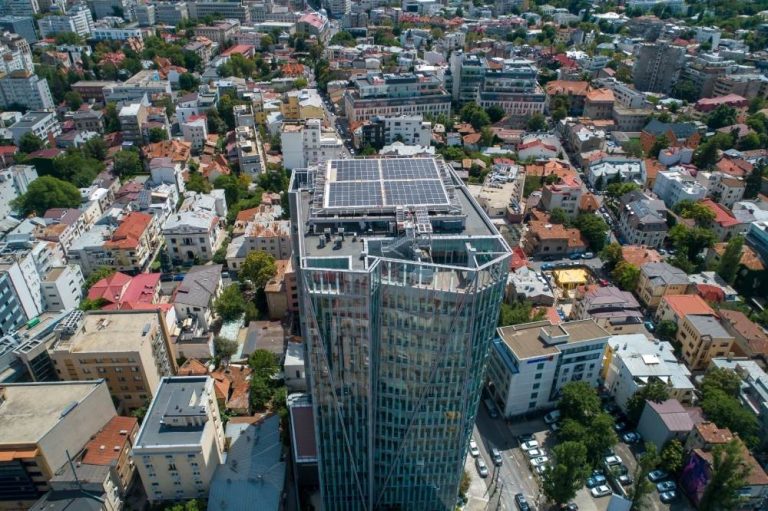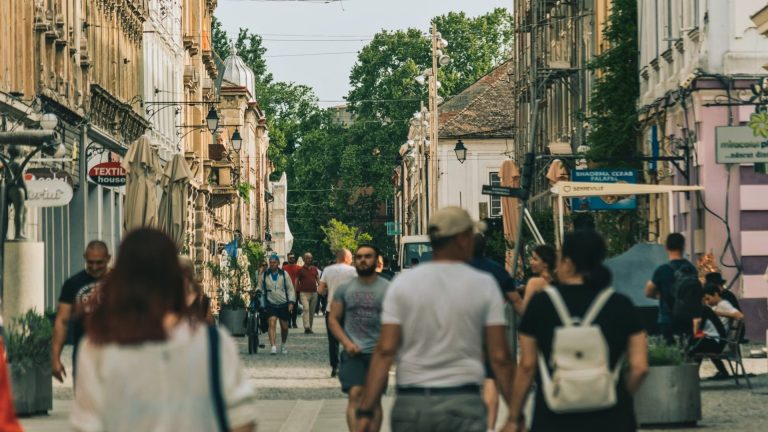A smart city is a place where various components are connected using the Internet of Things (IoT) technologies and sensors to improve services people use on a daily basis, as well as the quality of natural resources. A few key technologies are essential for a smart city:
Smart energy
The amount of energy a city uses can be reduced by changing lighting infrastructures to the much more energy-efficient LED lights. These can pay for themselves in a few years.
People can save energy by installing smart meters and solar power systems and switching to electric cars.
Smart transportation
Multi-modal transportation, smart traffic lights and smart parking can all be part of a smart city plan. Using these can reduce vehicle traffic and pollution as well as encourage people to use bikes or public transport with fewer safety and congestion concerns.
Smart parking allows people to reduce the time wasted circling neighbourhoods to find a spot, and smart traffic lights can monitor traffic in real time so that signals can adapt to the flow. Lights can also help prioritise public transport in order to maintain the established bus schedules.
Smart infrastructure
The ability to analyse large amounts of data will allow cities to improve planning and maintenance of infrastructure. Analysing data continuously can also detect issues quickly and even prevent public health crises, for example by testing lead content in water in real time.
Smart mobility
According to engineer Tom Blewitt, data needs to move seamlessly between different private and municipal systems in order for a smart city to really work. Nevertheless, cities need to carefully manage intellectual property, security and privacy concerns, through public policy and legal technology.
Smart IoT devices
Sensors and beacons are an integral part of the Internet of Things applications for a smart city. They collect information that allows the city’s various elements to communicate and work together. These sensors need backup from a reliable network that is able to tolerate inevitable failures and glitches from sensors, says Blewitt.
More and more municipalities are adopting smart city innovation as a top priority, as more people are moving towards urban areas and the need to make good use of resources becomes essential.
Source: www.readwrite.com





